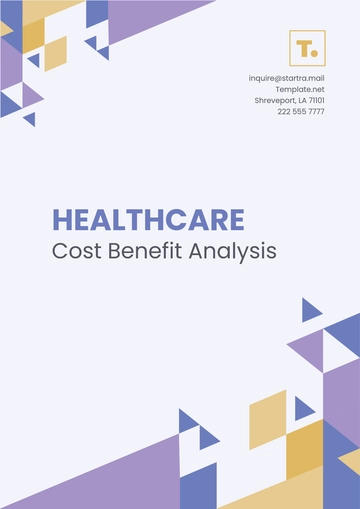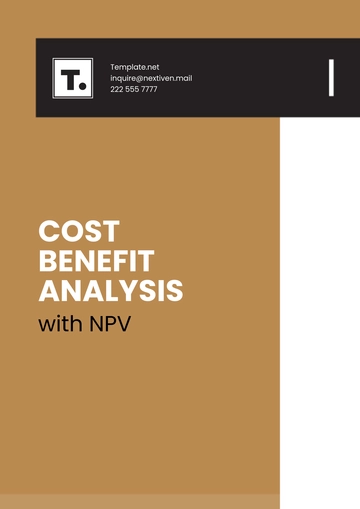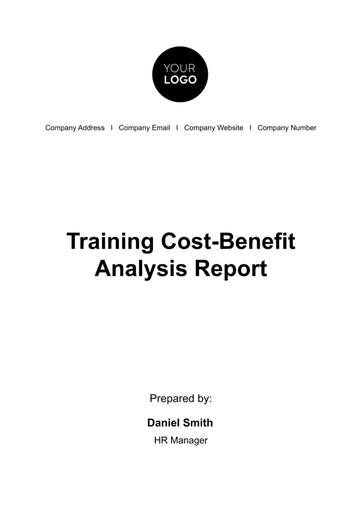Profitability Analysis
Date: January 1, 2070
I. Executive Summary
This profitability analysis evaluates the financial feasibility of launching EcoCharge Solar Panels, an innovative solar energy solution. The study considers projected revenues, costs, and profitability metrics over a five-year period to determine alignment with [YOUR COMPANY NAME]’s long-term sustainability goals.
Key Highlights:
Estimated Total Revenue: $12,500,000
Projected Total Costs: $8,000,000
Net Profit Margin: 36%
Return on Investment (ROI): 55.5%
Break-Even Point: 18 months
II. Objectives
The purpose of this analysis is to:
Evaluate the financial benefits of the EcoCharge Solar Panels project.
Quantify potential profitability and risks.
Provide actionable recommendations for decision-making.
III. Assumptions and Parameters
Key Assumptions:
Market Conditions: Annual market growth for solar energy products is estimated at 12% in 2070.
Revenue Forecasts: Projections are based on selling 10,000 units annually at an average price of $500.
Cost Projections: Includes fixed and variable costs, detailed below.
Time Horizon: Five-year analysis from January 2070 to December 2074.
Discount Rate: 8%, reflecting the cost of capital for [YOUR COMPANY NAME].
IV. Revenue Analysis
1. Revenue Sources:
Year | Units Sold | Revenue (USD) |
|---|
2070 | 8,000 | $4,000,000 |
2071 | 10,000 | $5,000,000 |
2072 | 12,000 | $6,000,000 |
2073 | 14,000 | $7,000,000 |
2074 | 16,000 | $8,000,000 |
V. Cost Analysis
1. Fixed Costs:
Research and Development: $1,200,000
Production Facility Setup: $1,500,000
Marketing and Branding: $800,000
2. Variable Costs:
Year | Units Sold | Total Variable Costs (USD) |
|---|
2070 | 8,000 | $1,440,000 |
2071 | 10,000 | $1,800,000 |
2072 | 12,000 | $2,160,000 |
2073 | 14,000 | $2,520,000 |
2074 | 16,000 | $2,880,000 |
VI. Profitability Metrics
1. Net Profit:
Net Profit = Total Revenue - Total Costs
Year | Total Revenue (USD) | Total Costs (USD) | Net Profit (USD) |
|---|
2070 | $4,000,000 | $3,040,000 | $960,000 |
2071 | $5,000,000 | $3,600,000 | $1,400,000 |
2072 | $6,000,000 | $4,200,000 | $1,800,000 |
2073 | $7,000,000 | $4,720,000 | $2,280,000 |
2074 | $8,000,000 | $5,360,000 | $2,640,000 |
2. Return on Investment (ROI):
ROI = (Total Net Profit / Total Initial Investment) x 100
ROI: 55.5%
3. Net Present Value (NPV):
NPV = Σ (Cash Flow / (1 + Discount Rate)^t)
NPV: $6,150,000
VII. Break-Even Analysis
1. Break-Even Point (BEP):
BEP = Fixed Costs / (Revenue per Unit - Variable Cost per Unit)
BEP: 18 months
VIII. Risk Assessment
1. Key Risks:
2. Mitigation Strategies:
IX. Recommendations
Based on this analysis, [YOUR COMPANY NAME] should:
Launch the EcoCharge Solar Panels project, focusing on aggressive marketing in year one.
Monitor production efficiency to control variable costs.
Diversify revenue streams through extended maintenance plans and add-on services.
X. Appendices
Detailed Revenue Projections
Itemized Cost Breakdown
Risk Analysis Matrix
Prepared by [YOUR NAME]
School Administrator, [YOUR COMPANY NAME]
Analysis Templates @ Template.net






























